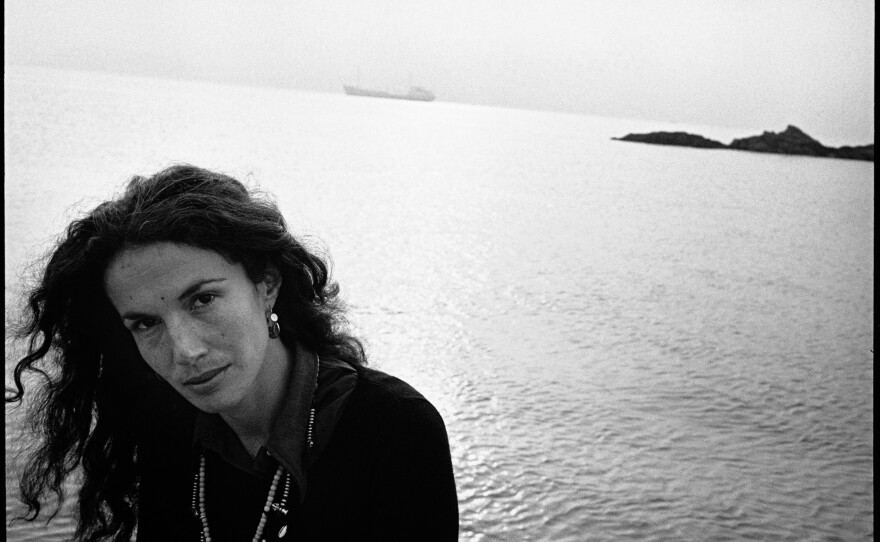It's been five years since filmmaker Martin Bell lost his wife and professional partner, documentary photographer Mary Ellen Mark.
From the time she first picked up a Brownie Box camera at age 9 until she received a Masters in photojournalism at the University of Pennsylvania's Annenberg School, Mark became increasingly smitten with the storytelling power of a well-framed photograph — her subjects of choice: people rarely depicted in the cultural zeitgeist. "Mary Ellen could see a story in the ordinary that you might just walk by and not even see," Bell says. "And she had the ability to reduce that story, as simple or complex as it was, to a single frame."
Bell is unsure whether it was a labor of love or act of madness (or perhaps a little of both), but immediately after Mark's death, he began the daunting task of sifting through all of her contact sheets and Kodachrome slides — more than two million images —representing her life's work. "Nobody in their right mind would take on this task," says Bell. The mission was to cull the frames down for a retrospective book that would be true to the photographic trail she blazed around the globe.
For the better part of four years, Bell, along with Meredith Lue and Julia Bezgin, who run Mary Ellen Mark's photo library and studio, distilled Mark's brilliant career down to 515 plates: photographs shot over more than a half-century, from 1963 to a month before her death in 2015. Mark's lenses captured recurring interests — the Indian circus, the Twins Festival in Twinsburg, Ohio, growing up in America and often, faces of people on the margins of society we too often ignore. The essence of Mary Ellen Mark's work now fills three coffee table books, 850 pages total, weighing in at more than 16 pounds and boxed as The Book of Everything (Steidl).

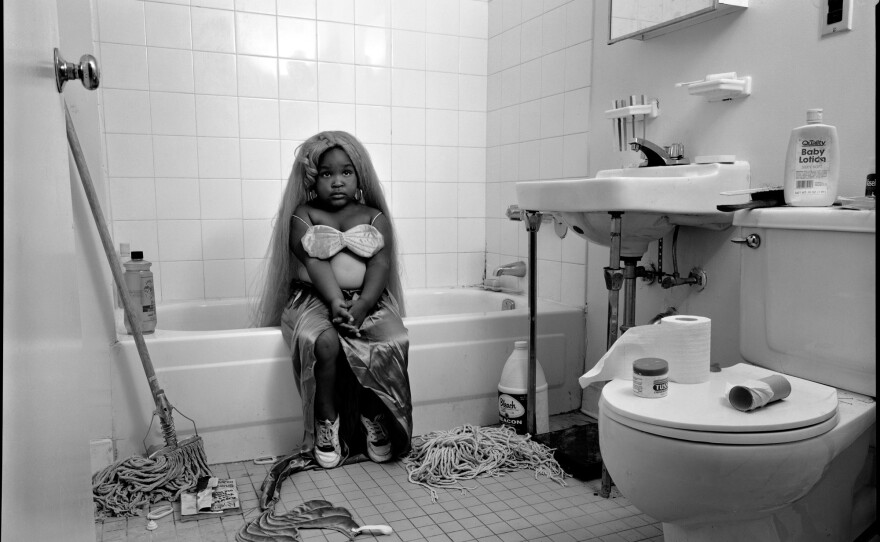
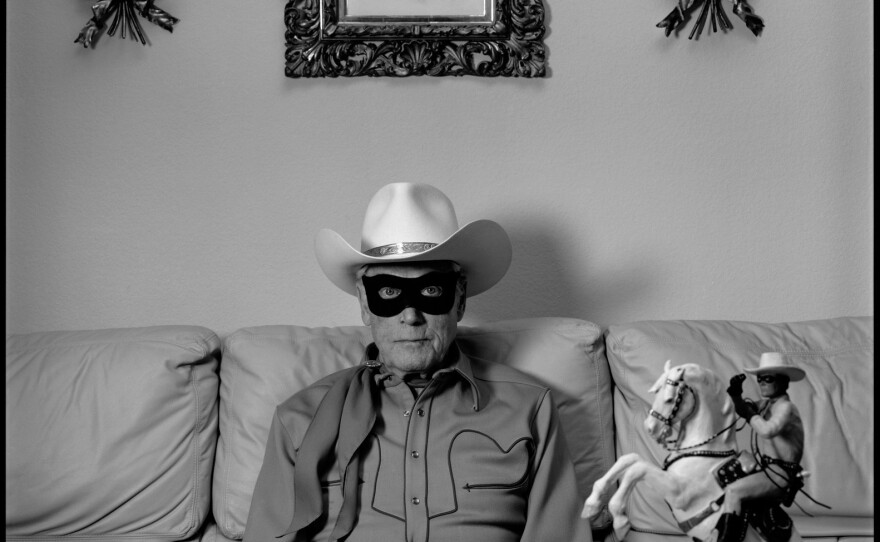
When he opened the door to greet Mary Ellen Mark in 1992, Clayton Moore was wearing a mask and never took it off during a shoot for Mark's photo essay on old cowboys. Moore was, after all, the Lone Ranger, and stayed the Lone Ranger in personal appearances for 40 years after the hit television series ended in 1957.
"I photographed him at his home. It was a modern house, but he still lived the part of the Lone Ranger. He insisted on wearing his famous mask for all the pictures. I had to do everything I could to make him feel at ease with my camera and me, because he was extremely paranoid. When I was finished photographing him, he insisted that I sign all kinds of papers. As I left, I told him how much I enjoyed meeting him and that I was a big fan. He said to me, 'if you're such a big fan ... what was the name of my horse?' I said, 'Trigger.' He looked at me in a very scornful way. I quickly realized that I had made a serious blunder. Trigger was Roy Rogers's horse; Silver was the Lone Ranger's horse. I'm sure he never forgave me."
During her career, Mark found herself on more than 100 movie sets — as a "special stills photographer," hired for publicity or advertising shots — Fellini's Satyricon, Gandhi, Apocalypse Now, among them. But it was on the set of Milos Forman's One Flew Over the Cuckoo's Nest, where her commercial and documentary work intersected.
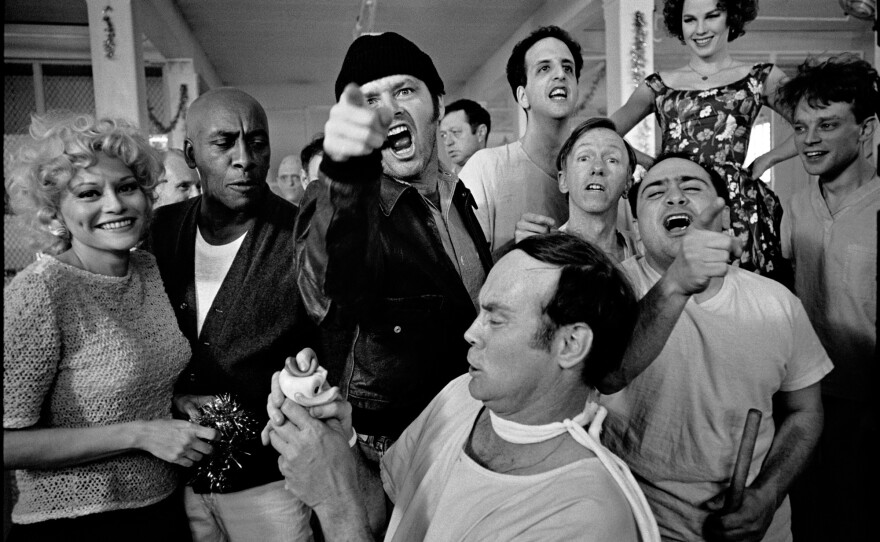
While One Flew Over the Cuckoo's Nest was being shot, the director of the hospital gave Mark a tour. She was so affected by the maximum security women's Ward 81 that she corresponded with Dr. Dean Brooks for nearly a year and finally got access. For 36 days she lived on Ward 81, shining a light on a corner of life few of us see — the institutionalized mentally ill.
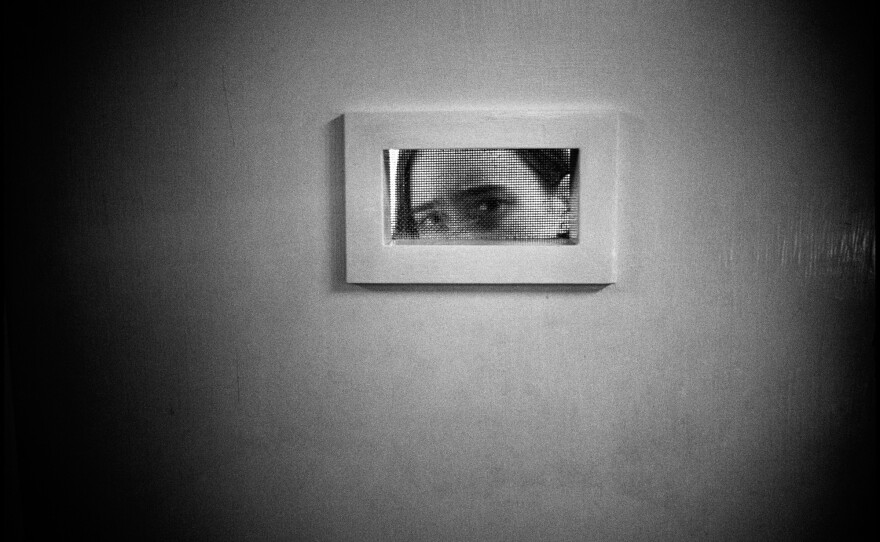
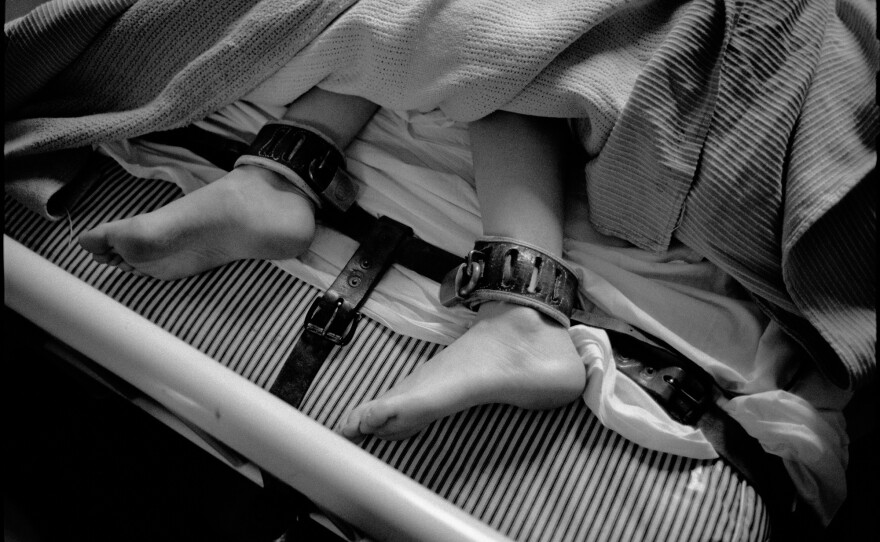
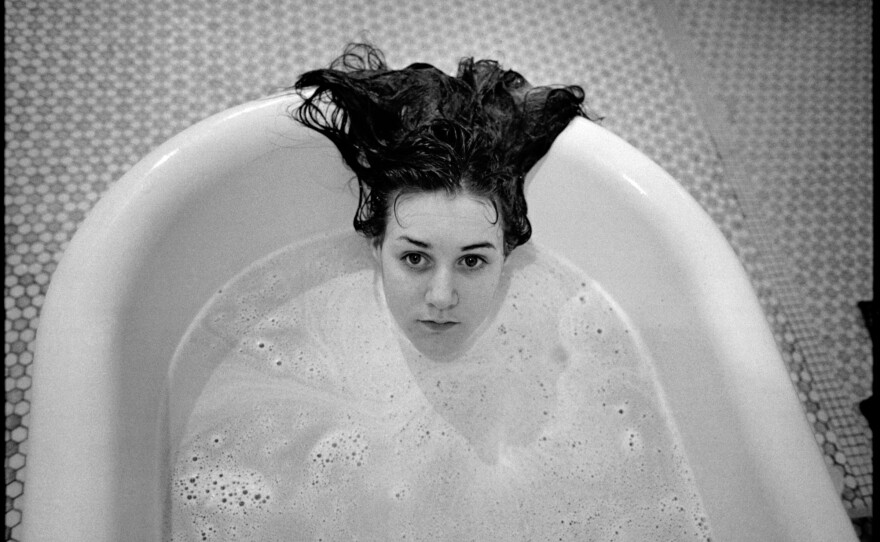
Mark's lifelong passion was to give visibility to the invisible. It would be an assignment for Life Magazine in 1983 that became a lifelong project, personally and professionally. Life sent Mark to Seattle, which had been named "America's most livable city," to document runaway teenagers. The story got a lot of attention.
Author John Irving called Mark's photos of the runaways on Pike Street "the perfect characters for the perfect story because they were both perfect and important victims...pimps, prostitutes, and petty thieves, they were eating out of dumpsters, falling in love, getting tattooed, being treated for the variety of venereal diseases passed on to them by their customers."
As Senior Producer of Nightline at ABC, I took Mark back to Seattle as she checked in with the runaways, now in their 20's for a two-part Nightline special on the 10th anniversary of her Life story. It was a rare opportunity to see up-close Mark's special ability to relate to the subjects she shot. Martin Bell put it this way: "Her relationship with the people she photographed was amazing. It was like an instant connection."
Mark didn't simply parachute into her assignment and move on to the next one. Each one became part of her effort to build a tapestry of relationships. Case in point: Erin Blackwell — better known as "Tiny," who Mark first encountered and photographed as a 13-year-old, surviving any way she could on Seattle's streets —including selling herself to men who were interested.
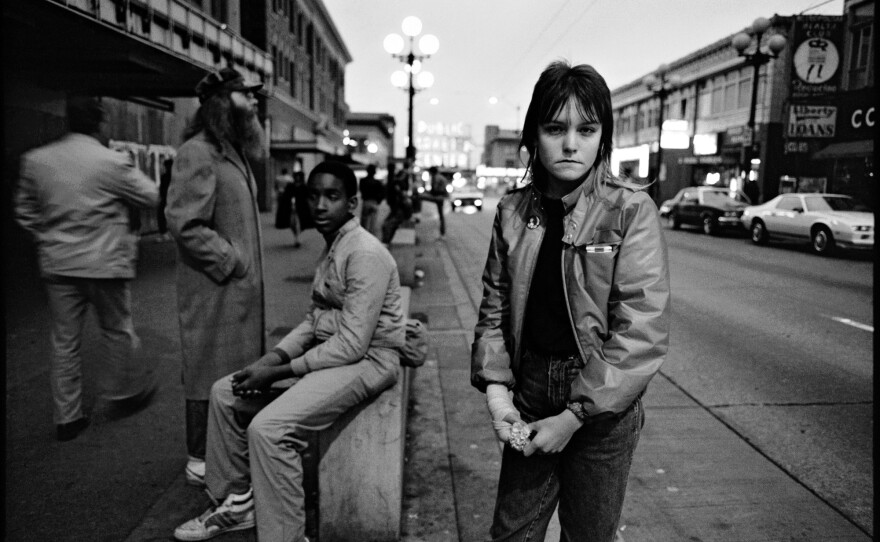
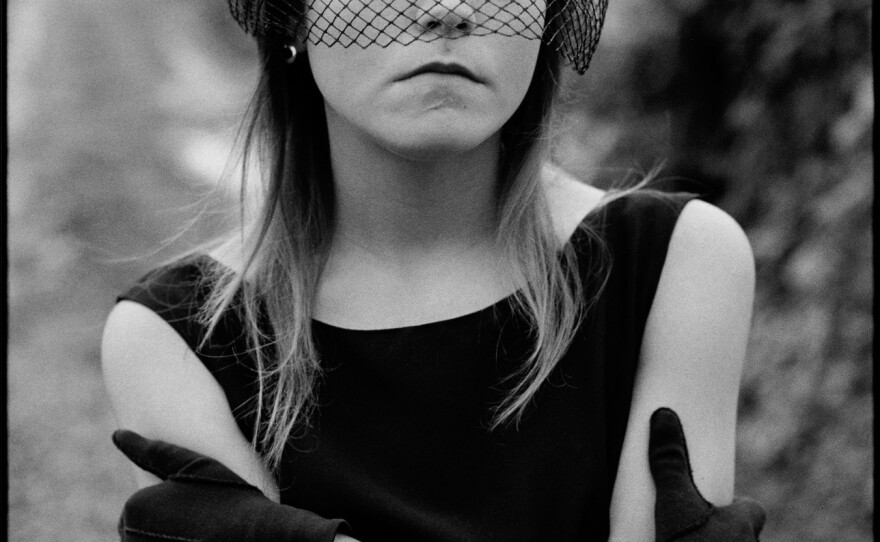
Mark and Bell were so taken with Blackwell that they returned to Seattle months later and featured Tiny in Bell's Oscar-nominated film Streetwise.
Tiny would become part of Mark and Bell's extended family. She's now 51, still in touch with Bell, still struggling and still a survivor with ten children.
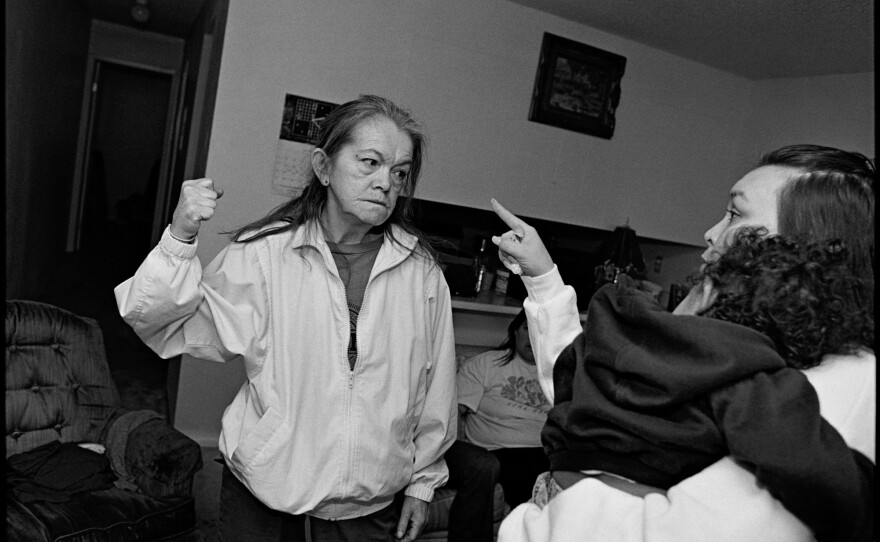
On a balcony overlooking New York's Fifth Avenue, at the celebration of Mary Ellen Mark's life a few months after she died, I heard a familiar voice. When I looked up, Candice Bergen was engaged in a conversation next to me. Mark and Bergen were at the University of Pennsylvania together and remained friends throughout their lives.
More than a decade after their college days, Mark had a magazine assignment to photograph Bergen's father, the ventriloquist Edgar Bergen, but they didn't want the dummy, Charlie McCarthy, in the picture. As Mark told an interviewer, "I first started photographing him alone, and he was very self-conscious; he was uncomfortable. So Bergen's son, Kris, got Charlie, Bergen sat down in the chair and took him out of the suitcase."
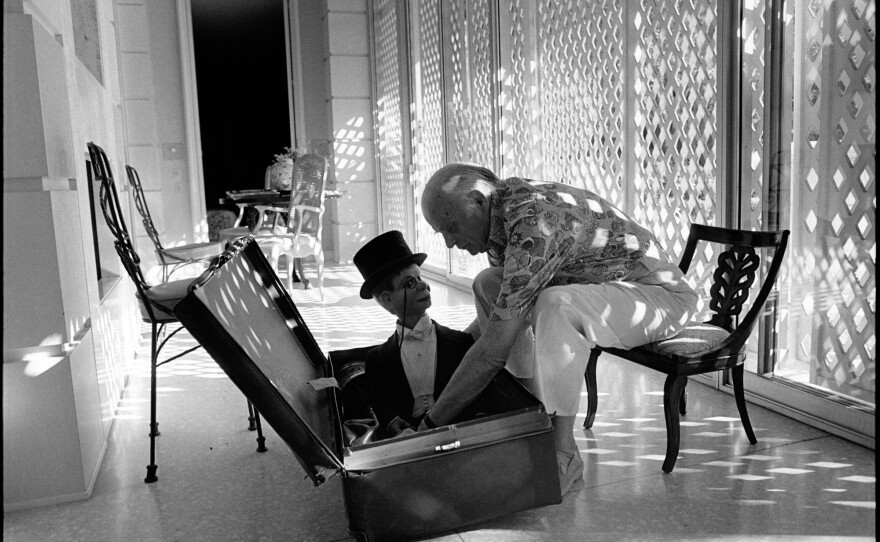
"I think it's two frames — it just happened so fast. I thought it was amazing. It's just one of those things — you know exactly what it is. Photography's very weird because it has to be extremely subtle, and yet it has to be non-subtle at the same time."
I would see Mark a final time at a photo lecture she delivered at the Smithsonian's Museum of American Art in Washington in 2013 where she projected the sweep of her work before a filled auditorium. Mark didn't know it at the time, but her talk was a preview of The Book of Everything — the story of her professional life, a project she never planned, let alone saw completed.
Near the end of that lecture, Mark took questions. One was about her preference to shoot in black and white. She explained, "I see in black and white. The subjects I seem to pick work better in black and white." Mark may have seen in black and white, but given the complex stories she reduces to a frame, one could say she specialized in shades of gray.
Documentary photography had all but vanished from the pages of magazines by 2013 when someone asked Mark if there was a future in the world she had been immersed in for much of her career. "I haven't had a magazine call me for over a year," she lamented, because today's magazines are heavily Photoshopped and they want a certain style. I'm kind of a purist who loves reality. I'm not an illustrator. I'm not going to let a bunch of art directors have me stop photographing."
Then she stopped and punctuated her point for the Smithsonian audience, "I feel lucky in a way because I had the best of it. You have to fight for what you believe in if you want to do anything worthwhile."
Bell doesn't sugarcoat the toll it took on his wife. "It was a difficult reality for Mary Ellen to confront. She'd lived and worked essentially through the golden age of magazines where photography was often coming from the streets. It was hard for her to deal with this, but it didn't stop her from going out and working."
There are countless places the public doesn't see. Occasionally, a photographer allows a peek into the hidden. Such was Mark's Life Magazine assignment to photograph patients suffering from Hansen's disease, formerly known as leprosy.
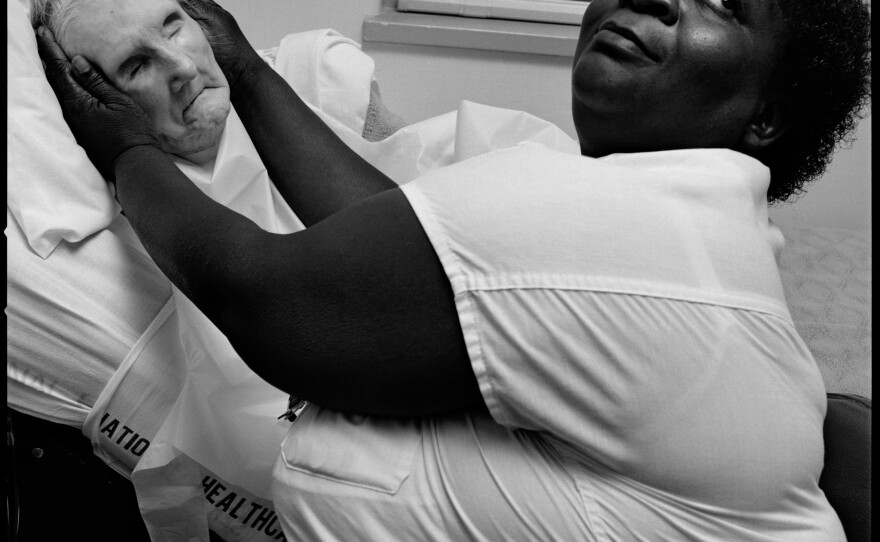
"Officials there tried to steer me to what they wanted me to see," she said. But when she walked past this woman's room she stopped and asked if she could take pictures. The woman agreed. Blinded by her disease, her face is like a death mask held delicately in the strong arms of her nurse.
In Mark's ongoing effort to document how children are often the canaries in the coal mine of society — providing clues to the future health of a neighborhood — she spent some time in a South Dallas community devastated by crack in 1998 for Texas Monthly. The magazine reported that the kids wouldn't stay away from the drug scene because it often provided the only jobs — even lookouts were paid $100 a day.
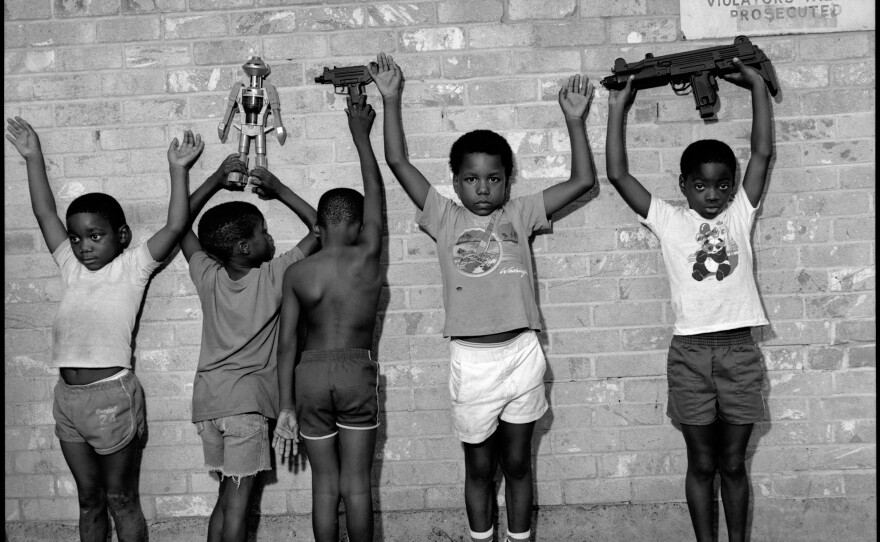
One of the last photographs Mary Ellen took, just a month before she died, was for CNN, documenting New Orleans ten years after the floods of Hurricane Katrina. Fittingly, The Book of Everything concludes with a photograph of Thomas Schulingkamp, 26, whose family evacuated to Michigan for eight years after the hurricane and only returned when a New Orleans' school that could accommodate Thomas' special needs reopened.
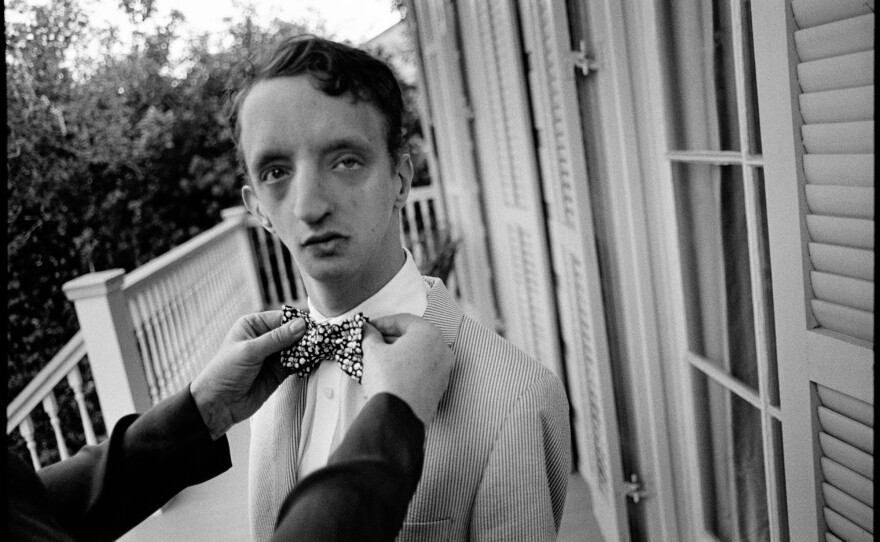
Thomas' mother, Miriam Schulingkamp, who's adjusting her son's bow tie in the photo, sums up Mary Ellen Mark:
"Mary Ellen, with her long braids and open presence, tuned into Thomas, dressed in the manner of a Southern gentleman in a seersucker suit. He points to jewelry and items of clothing to start conversations, which can startle people. Mary Ellen did not hesitate with her words or look to me for instruction. She spoke directly and easily with Thomas, as if they had known each other for years. His bow ties were laid out so she could pick the one she wanted. With great attention, she talked with Thomas about the possibilities and they jointly made a decision. I did have reservations about how Thomas would cope with a photo shoot, as he does not always respond to specific and multiple directions. I feared that Mary Ellen would be frustrated, but she waved away my concern."
Had she lived, Martin Bell is convinced Mary Ellen Mark would never have taken the time to create this book. And it's probably just as likely that had she lived, Mary Ellen Mark would not have stayed hunkered down at this socially distant, masked moment in our lives. Somehow, she would have found a way to break out of her bubble and do what she had always been driven to do — grab her Leica and capture the people and stories others had passed by, making meaningful connections with those on the fringe. As she told an interviewer in Oregon in 2010, taking photographs is "like playing an instrument. The more you play, the better you get."
After spending four years creating this photographic love letter to his late wife, Martin Bell gets the final word on the final page of The Book of Everything. Mary Ellen must be smiling as her husband and partner describes her as "fearless...steadfastly true to herself and to her work. Even when overwhelmed with doubts, she was a defiant warrior."
Copyright 2023 NPR. To see more, visit https://www.npr.org. 9(MDAzMjM2NDYzMDEyMzc1Njk5NjAxNzY3OQ001))
